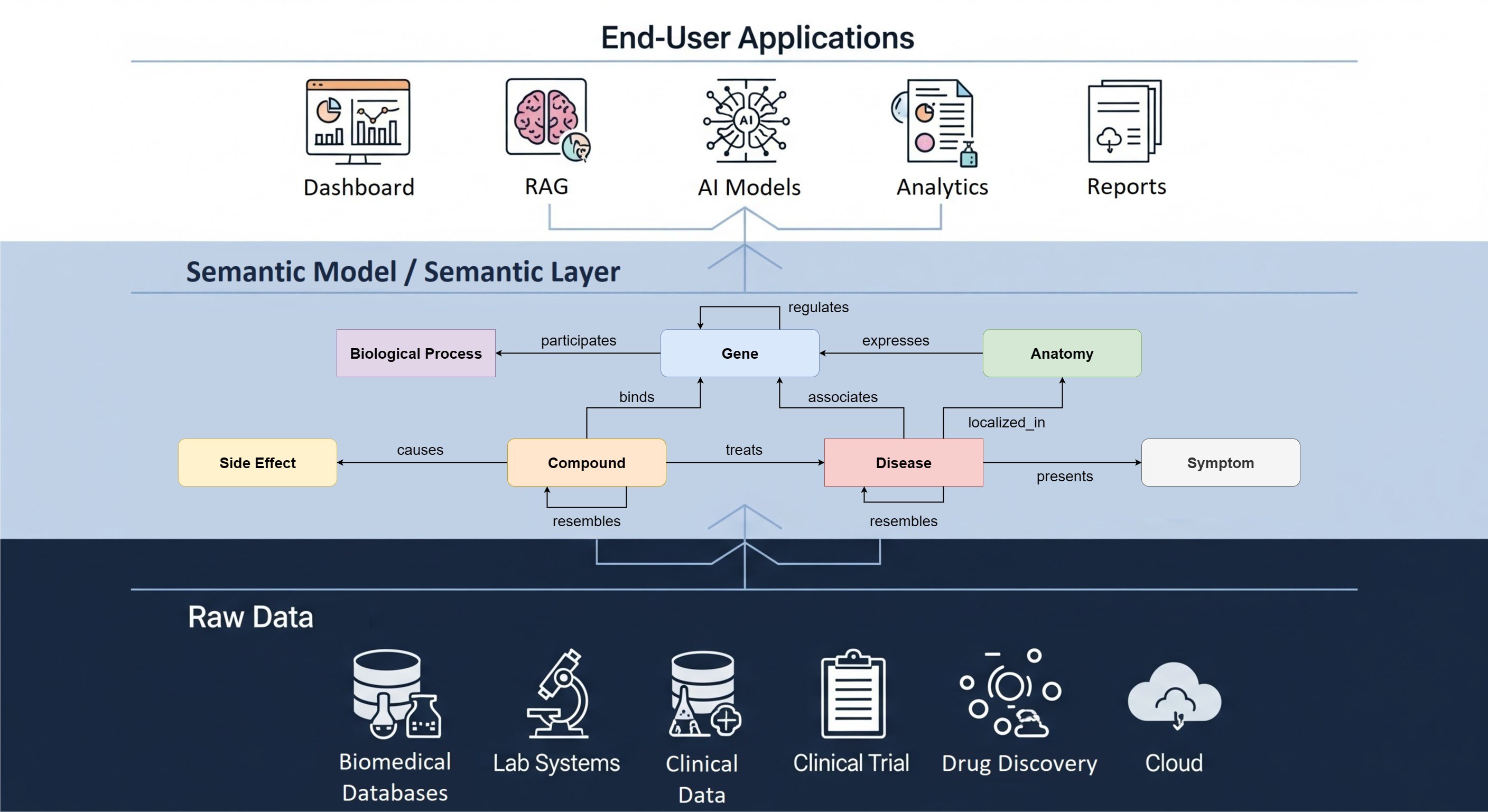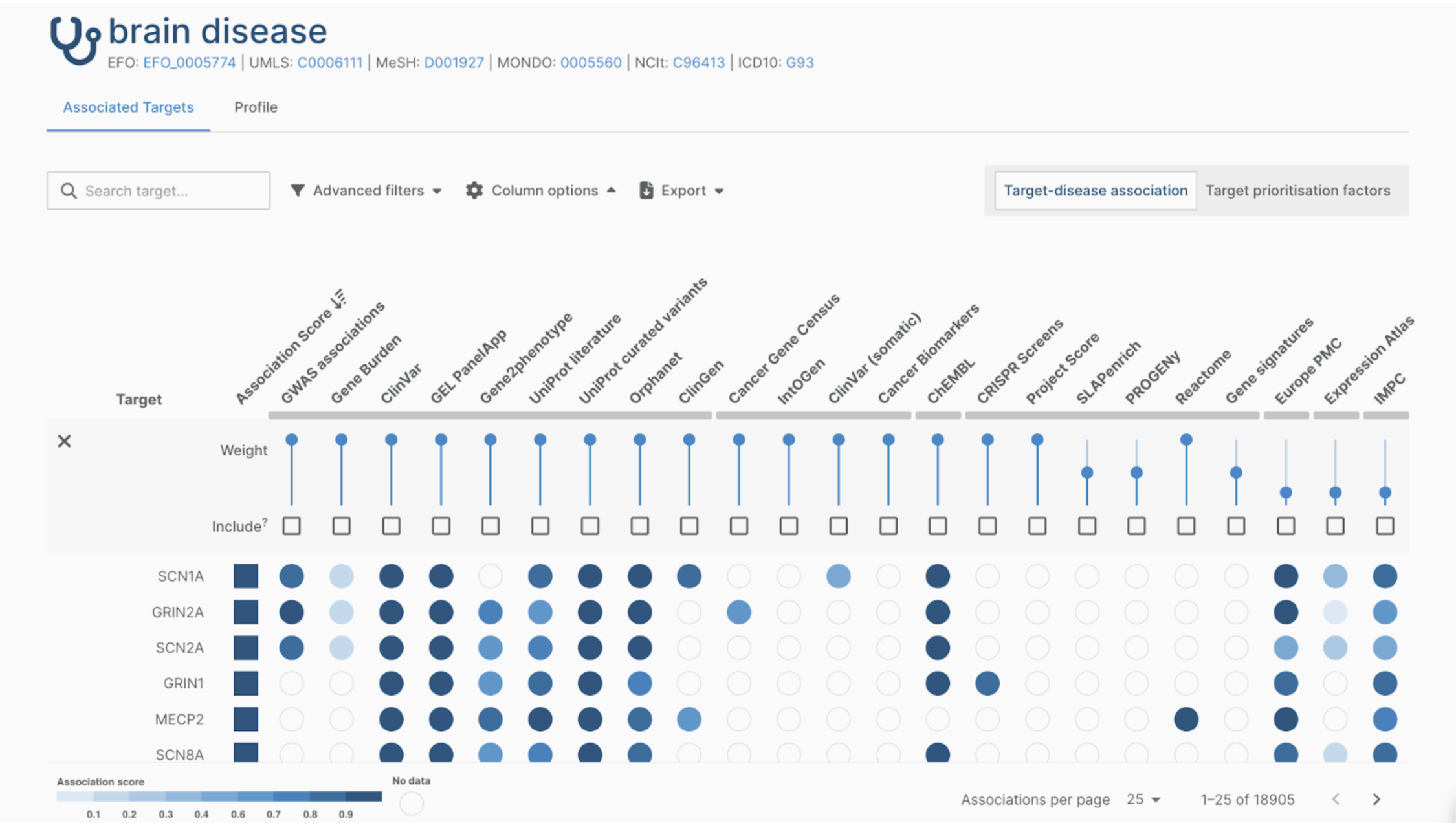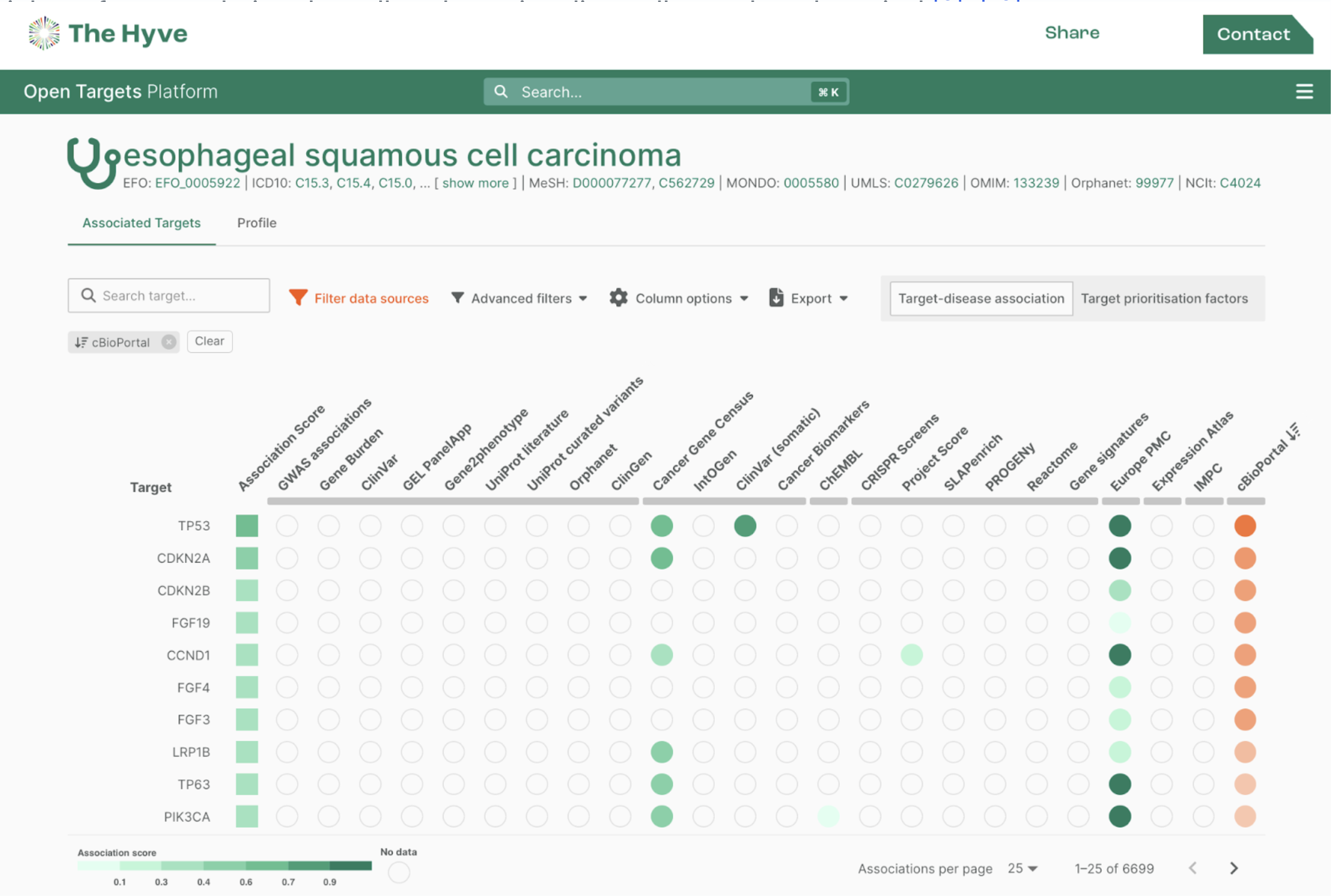Last Wednesday, we held a meeting hosted by HealthRI at NKI in Amsterdam with representatives from several European health data networks that either have recently started or will soon start. Most of these networks are funded by national governments, in an attempt to improve their infrastructure and competitiveness in precision medicine and value based healthcare. Jointly these consortia are funded for more than 300 million euros to make patient data in dozens of academic hospitals throughout Northern Europe available for research purposes.
The meeting was a great success and identified a number of areas in which these networks have shared challenges and can work together. This post describes the background of the meeting; the presentations and results of the meeting will be posted for people interested in a few weeks.

For decades, the biomedical and translational research community has conducted research in this valuable data resource (patient records from academic hospitals) through middle men of many shapes and forms, including (national and regional) quality registries, disease registries, national health authority registries, claims databases of providers, patient foundations, clinical studies, research cohorts etc. etc. But the times are changing! Through pioneer efforts, a.o. in the US through private companies such as PatientsLikeMe, HealthVerity, and TriNetX, many standardization and collaboration efforts on the research side such BBMRI, ELIXIR, and GA4GH, interoperability efforts on the clinical side such as HL7, CDA, FHIR and OpenEHR, engaged ministers of health through forums like OECD and WEF, as and not in the least open source communities such as i2b2/tranSMART and OMOP/OHDSI, we are finally converging on a vision of a society where Citizens, Researchers and Medical Professionals will be directly connected through enabling platforms (see the GO-FAIR ‘Personal Health Train’ video), and where the healthcare provider landscape will shift dramatically to a much more specialized and interconnected diagnostics, care and cure market. We already see examples of this in the U.S. and I fully expect soon in Africa and Asia as well.
In the meantime, Europe, with its excellent but also very inert and change-averse legacy healthcare landscape, will need to employ some very clever strategies to remain competitive through all this change. The reality is that academic and teaching hospitals will at least for the coming decade remain the primary focus for conducting biomedical research and connecting to live patient data. Therefore several European member states have decided to fund infrastructure efforts working with these hospitals and other health data sources, ‘health data networks’ such as SPHN, HealthRI, Medizin Informatik Initiative, Precision Medicine Denmark, Genomics England etc. on top of the continuous stream of infrastructure funding coming from the European Commission directly (IMI / H2020, ELIXIR, BBMRI, EOSC etc.) towards this purpose.
This first European health data networks workshop has focused on a very concrete, tangible and much needed topic, that can be directly applied to the various working plans in the participating consortia. But the ambition is to ensure that the European biomedical research landscape stays competitive globally and that we continue to apply to best research and medical insights to help patients combat diseases and help us all live a healthy life. This can only be achieved by working together.
The main topic that was addressed in the meeting is a common approach to make routine data from academic hospitals available for outcomes research, in a manner that fully satisfies ELSI requirements (e.g. GDPR compliance) and serves a range of use cases (from precision medicine research to population health research and mandatory healthcare quality registration). With active participation of a.o. 5 professors in biomedical informatics, the meeting had no lack of expertise on the topic, but more importantly, all consortia are in the same stage of development, with decisions on interoperability standards planned for this year. It’s clear that the OHDSI and i2b2/tranSMART communities offer a number of solutions that would greatly help to achieve short term goals for this, but it was also clear that in the long run, only full semantic interoperability in the spirit of the FAIR principles would offer a sustainable solution. As prof. Christian Lovis put it in the run-up to the meeting, “we have been working on shared data models and standards in the healthcare space such as HL7 since 1978, but achieving mostly compatibility instead of interoperability” – and only a truly semantics-driven data annotation approach which includes the source context of the data can change that.
Please let us know if you would like to receive outcomes of the meeting, or participate in the one next year!


